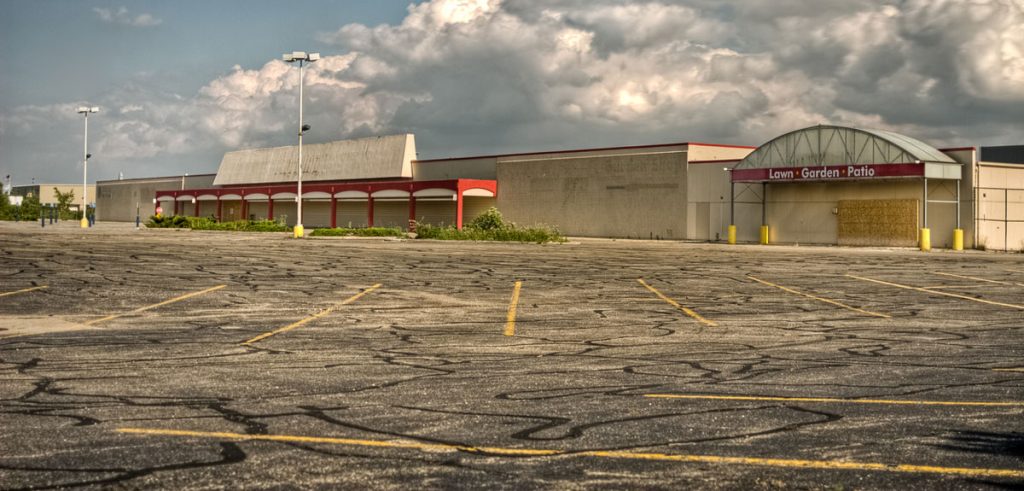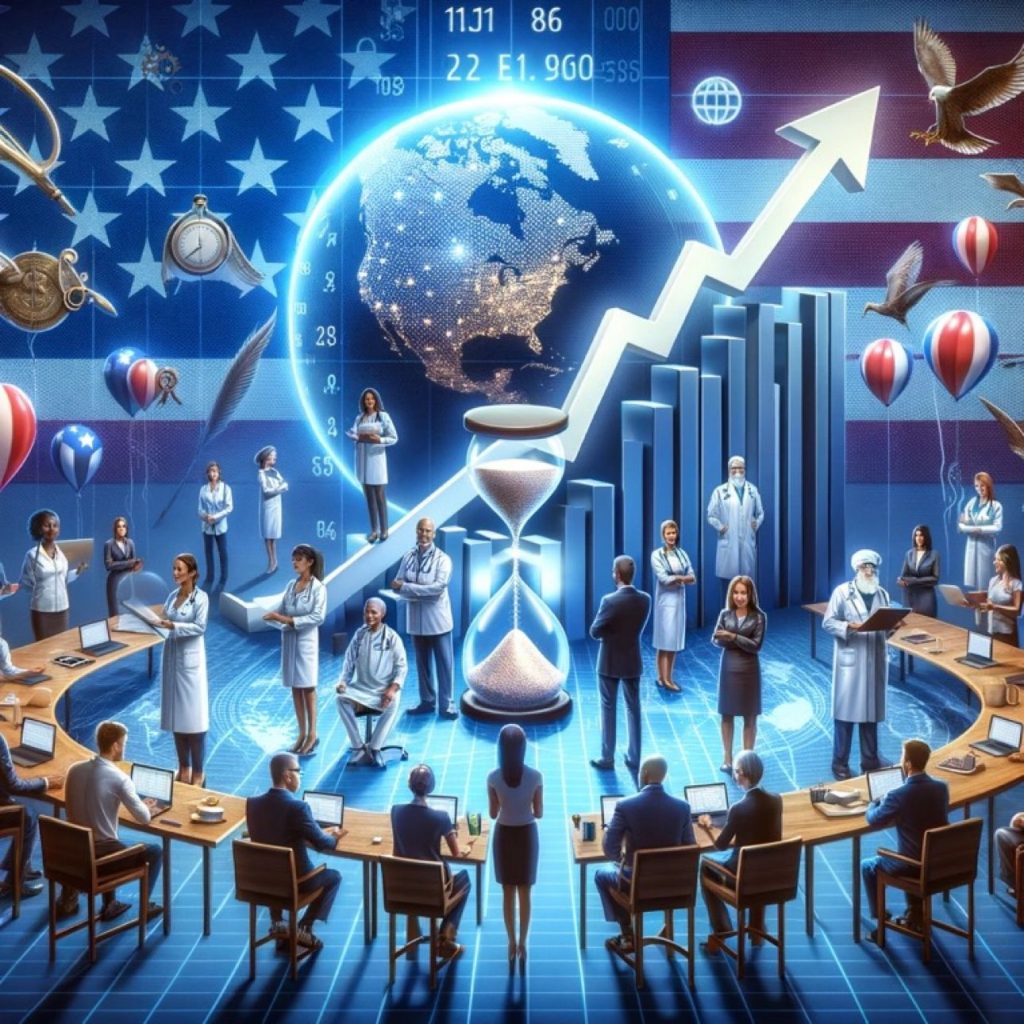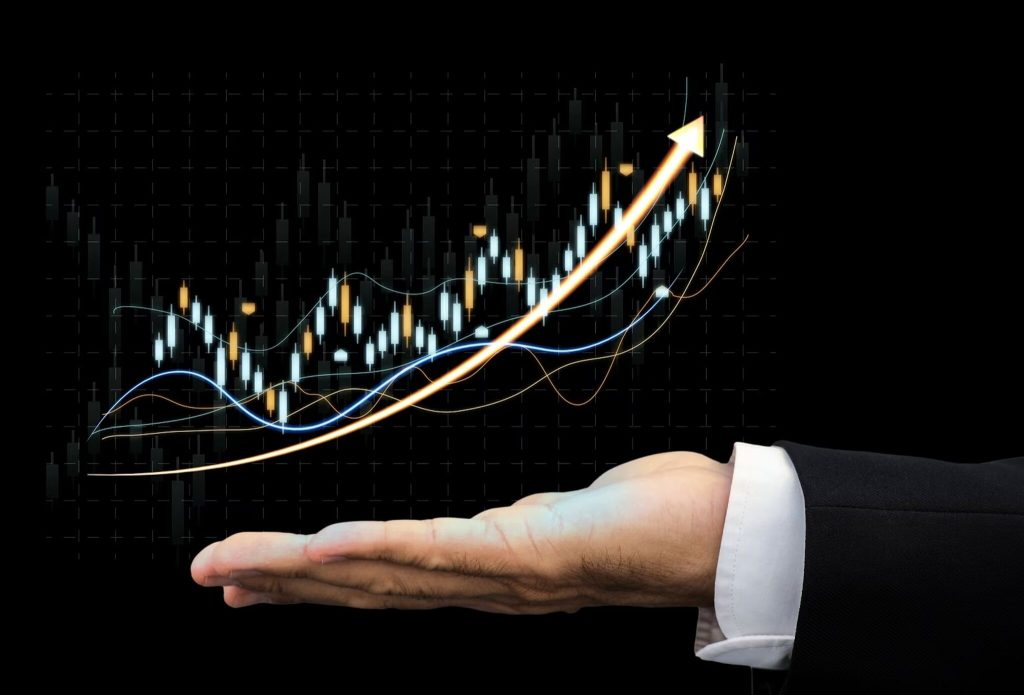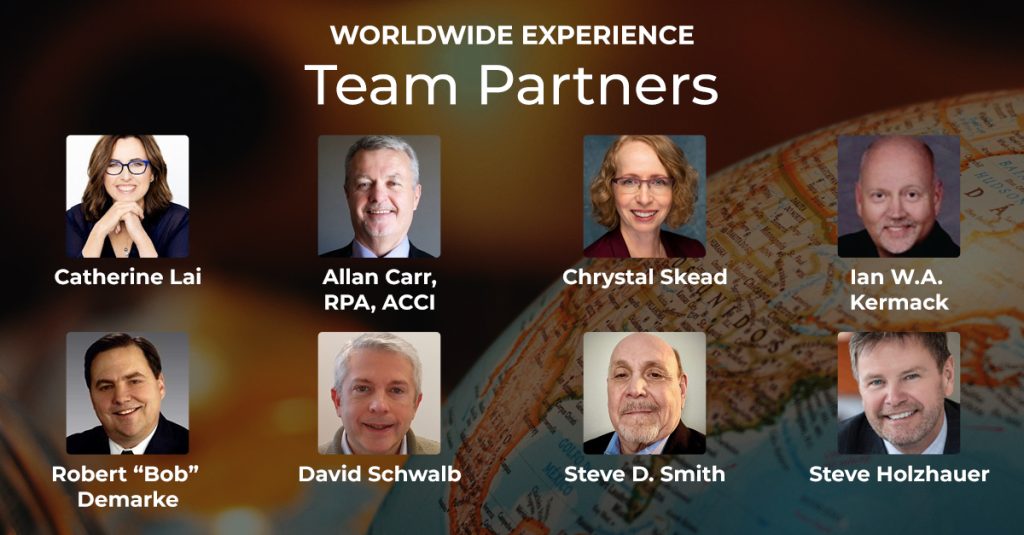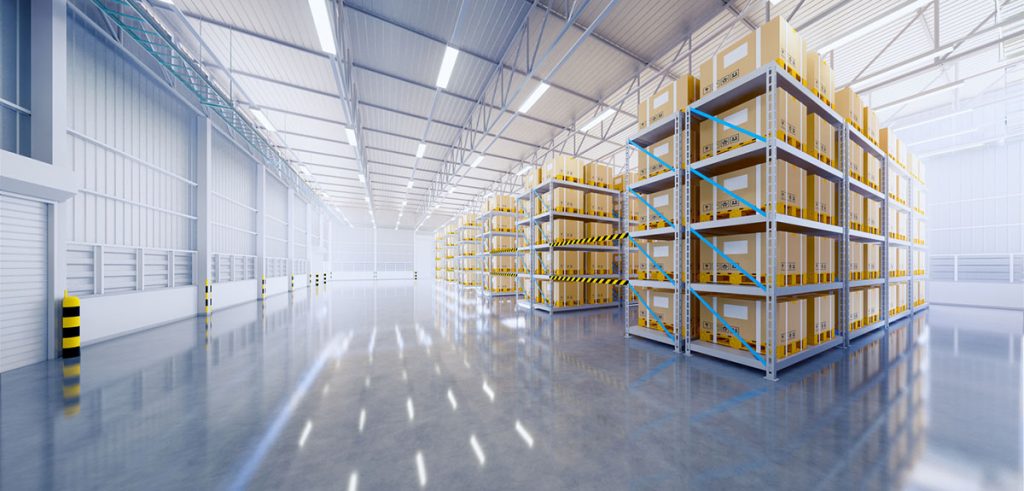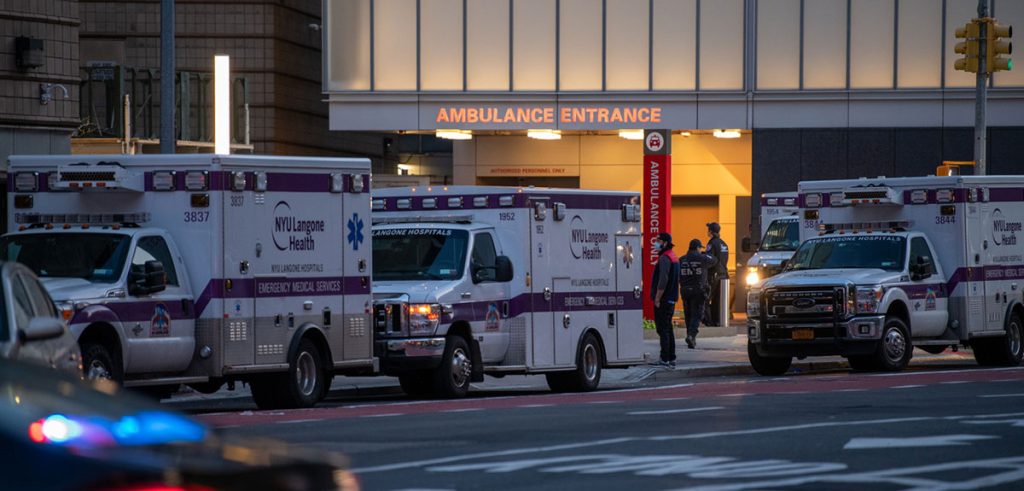Retail has evolved through three distinctly volatile times. Now is the time to make a change.
2008 Crash
The economic downturn of 2008 dramatically changed the way retail brands evaluated store performance; prior to 2008, many brands measured store success by sales per store. After the turmoil of 2008, retailers started to understand that sales per square foot per store were a much more accurate indicator of the store’s success or failure.
With this new and loftier standard for success, box brands began to close their doors. Many, it turns out, were operating on thin margins, and the extra-large box locations could not withstand the economic downturn. Difficulties were amplified for those brands that carried outdated inventory and did not take steps to cater to the changing demographics and desires of the upcoming generations of new customers. Until this time, few retailers specifically tracked the changing demographics or trends in the locations of their stores. It was an eye-opener for many, and too late for others. This was a particular blow to stores like Sears and Mervyns, to name a few.
Internet Boom
As the economy start to gain stability, the Internet was exploding with online shopping. The Internet shopping experience was devastating to brands such as Circuit City, Radio Shack, Blockbuster, Payless Shoes, Sportsman Warehouse, and many others.
Example: The Grocery Industry
The surge of online shopping, combined with changing consumer preferences, hit grocery stores soon after. To accommodate the rapidly changing demographics and increase in the Hispanic population, the International Council of Shopping Centers (ICSC) held its first Hispanic markets event in San Antonio, Texas in 2011. The event was attended by the majority of CEOs who were active in retail at the time. During the event, the Pew Institute presented a demographic overview of the United States that exposed changing markets and began an open conversation about how to adjust to this change — everything from the width of sidewalks to accommodate larger families to the size of dressing rooms and, of course, the items carried in stores.
Soon, it became evident that the grocery industry was due for a major realignment. Some brands were bought out and Hispanic Markets began expanding in several states with local or regional brands. At an ICSC Inland Empire breakfast in 2012, An Albertson executive admitted to a crowd of people that the company was too late and trying to right the ship would be almost impossible. As a result of the changing landscape of the grocery sector, Safeway purchased Albertson’s and several other brands on January 30, 2015. Safeway created a large umbrella, operating by different brand names depending on the regional demographics.
At the same time, adjustments were needed to adapt to an increased demand for online shopping options. Many brands underestimated the impact online shopping would have on sales at brick-and-mortar locations — and they suffered for it. Those who survived were able to do so not just because they adapted their inventories to reflect changing demand, but also because they switched to an omnichannel sales model, offering both in-person and online ordering options to appeal to a wider demographic.
Retail has evolved, the changing demographics, the purchasing power of GenX, and Online Shopping has taken a toll on the bricks and mortar stores. Brands started to fail in about 2008 and accelerated every year. These main events have hastened store closings. About 10 years of adjustments to the Internet resulted in the closing of approximately 10,000 retail stores per year. As equilibrium was about to be obtained, the pandemic hit.
COVID-19
During the pandemic, families that were shopping pre-pandemic at 60% online and 40% in-store suddenly had to figure out how to shop almost exclusively online. Many new online brands became viable alternatives. Now, more than a year since the pandemic started, many families have found the ease of online shopping to fit within their routine and do not plan to return to many of the brick-and-mortar stores that they had frequented prior to the pandemic.
Effect on Shopping Centers
As far as modern shopping centers go, they are as varied between them as the stores they contain. Developers that build shopping centers can gain the largest financial rewards by parcellation of the centers into individual pads, inline shops, and major tenants. There are a few exceptions, such as family-operated developers that hold assets for generations.
Some developers sell the entire shopping center upon completion of construction and leasing. However, the new owners can lessen their basis by selling off parcels such as quick service restaurant (QSR) pads and groups of inline shop buildings. Selling a portion of the shopping center can result in multiple owners — as many as 10 or 15 in some cases. A shopping center with multiple owners operates on a Covenants, Conditions, & Restrictions (CC&R) agreement or a different operating agreement; however, these are individually drafted by developers without common standards and will vary from center to center. This situation makes changing the zoning within a shopping center from commercial to mixed-use difficult at best.
The Solution
Closed or dark retail is an “attractive nuisance” and creates blight within a city. Moving towards alternative uses of dark retail that will not likely be revived is in the overall best interest of the city. Adding mixed-use retail and residential facilities can be one solution. Taking a dark large box and converting it into industrial is also a potential beneficial use.
Retail will not “go back” to the golden days. The everyday use of the Internet has become too common for this to occur. The pandemic has resulted in massive closures of restaurants that will not be reopening. The distribution of movies via online streaming instead of in theaters is the next big change to retail.
It was once thought that building entertainment shopping centers was the solution. However, as we continue to evolve, we need to think outside the box to create places that have multiple uses that are productive and attractive to the specific citizens and the cities where they operate.
Bespoke has the expertise and the vision to assist cities in evaluating the possibilities for use of their shopping centers today and well into the future.

